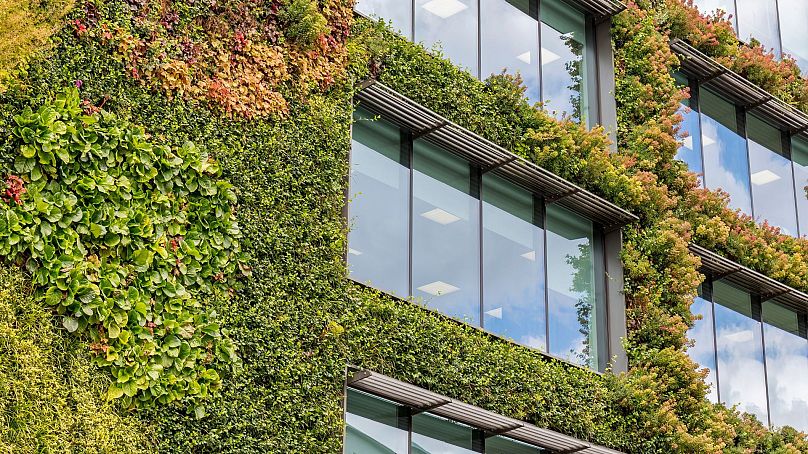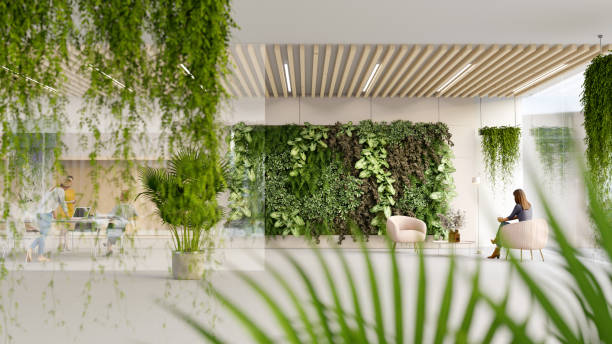Creating an energy-efficient home is not just about reducing your utility bills; it’s about contributing to a sustainable future. These energy-efficient homes design tips will help you create a living space that is not only kind on the environment but also on your budget.

The Importance of Energy-efficiency
Before diving into design tips, it’s essential to understand why energy-efficiency is crucial. Not only does it decrease greenhouse gas emissions, but it also promotes healthier living by improving indoor air quality and reducing noise pollution.
Prioritizing Passive Solar Design
One of the most fundamental energy-efficient design strategies is utilizing passive solar heating. By strategically placing windows and choosing the right materials, you can harness sunlight in winter while keeping your home cool during summer.
Window Placement and Glazing
Strategically placed windows allow natural light to fill your home. This reduces the need for artificial lighting and heating, especially if you use double-glazed options to prevent heat loss.
Selecting High-quality Insulation
Good insulation is the backbone of any energy-efficient home. It keeps homes warm in the winter and cool in the summer. Focus on insulating walls, roofs, and floors adequately.
Choosing Energy-efficient Appliances
Modern appliances come with energy ratings. Opt for appliances with high energy star ratings to minimize energy consumption.
Heating and Cooling Systems
Investing in an efficient HVAC system can significantly reduce your home’s energy usage. Consider options like heat pumps or solar thermal systems.
Adopting Smart Home Technology
Smart technology allows you to control house systems via your smartphone, optimizing energy use. Smart thermostats adjust temperatures based on your routine, saving energy and money.
Sustainable Building Materials
The choice of building materials impacts a homes energy performance. Using materials like recycled steel, bamboo, and sustainable wood helps reduce carbon footprint.
Importance of Local Materials
Using local materials reduces transportation emissions and supports local economies, contributing to a sustainable building model.
Planting and Landscaping
Strategic landscaping enhances a homes energy-efficiency. Trees provide shade, reducing the cooling load on your home in hot months.
Native Plants
Incorporating native plants not only supports local wildlife but also ensures less water usage, since these plants are adapted to local rainfall patterns.
Water Efficiency and Conservation
Beyond energy, sustainable homes also focus on water efficiency. Installing low-flow fixtures and optimizing gray water systems helps conserve water.
Rainwater Harvesting Systems
Rainwater harvesting systems allow homeowners to collect and utilize rainwater, reducing dependency on the municipal supply and maintaining a sustainable water source.
Innovative Ventilation Systems
Effective ventilation ensures air quality without sacrificing energy efficiency. Heat recovery ventilation systems are an excellent choice for maintaining air flow.
Cross-ventilation Techniques
Implementing cross-ventilation through window design can circulate air naturally, reducing energy usage from electronic cooling systems.
Maximizing Natural Light
Besides window placement, using mirrors or light-colored walls helps reflect and amplify natural light within the home.
Utilizing Renewable Energy Sources
Incorporate solar panels or wind turbines to supply renewable, eco-friendly energy to your homes electrical systems.
Eco-friendly Lighting Options
Switching to LED or energy-saving bulbs significantly reduces electricity use, requiring less frequent bulb replacements.
The Role of Regular Maintenance
Regular maintenance, like sealing air leaks and cleaning filters, ensures your home’s systems work efficiently and consume less energy.
Seeking Professional Advice
Engaging with professionals skilled in green construction maximizes your design’s efficiency and value. For more in-depth resources, you can check EPA’s green building guidelines and these sustainable building practices that provide insightful guidelines.

FAQ
What is the first step in designing an energy-efficient home?
The first step is conducting an energy audit to identify areas of improvement and potential energy savings.
How much can energy-efficient design save on bills?
Effective energy-efficient designs can reduce energy bills by up to 30%, depending on the measures implemented.
Are energy-efficient homes more expensive to build?
While initial costs may be higher, the long-term savings from reduced energy bills often make them more cost-effective over time.
This article contains affiliate links. We may earn a commission at no extra cost to you.




